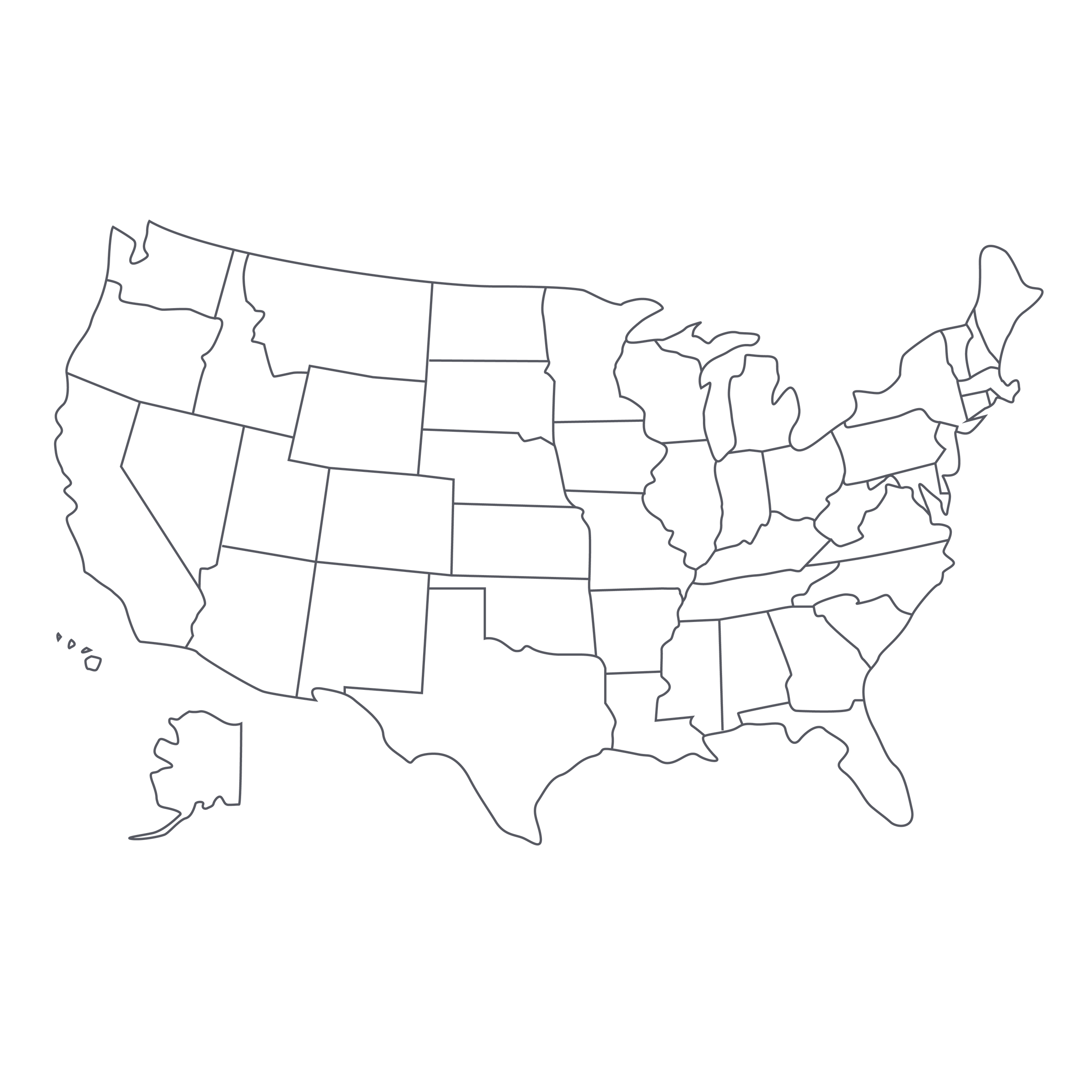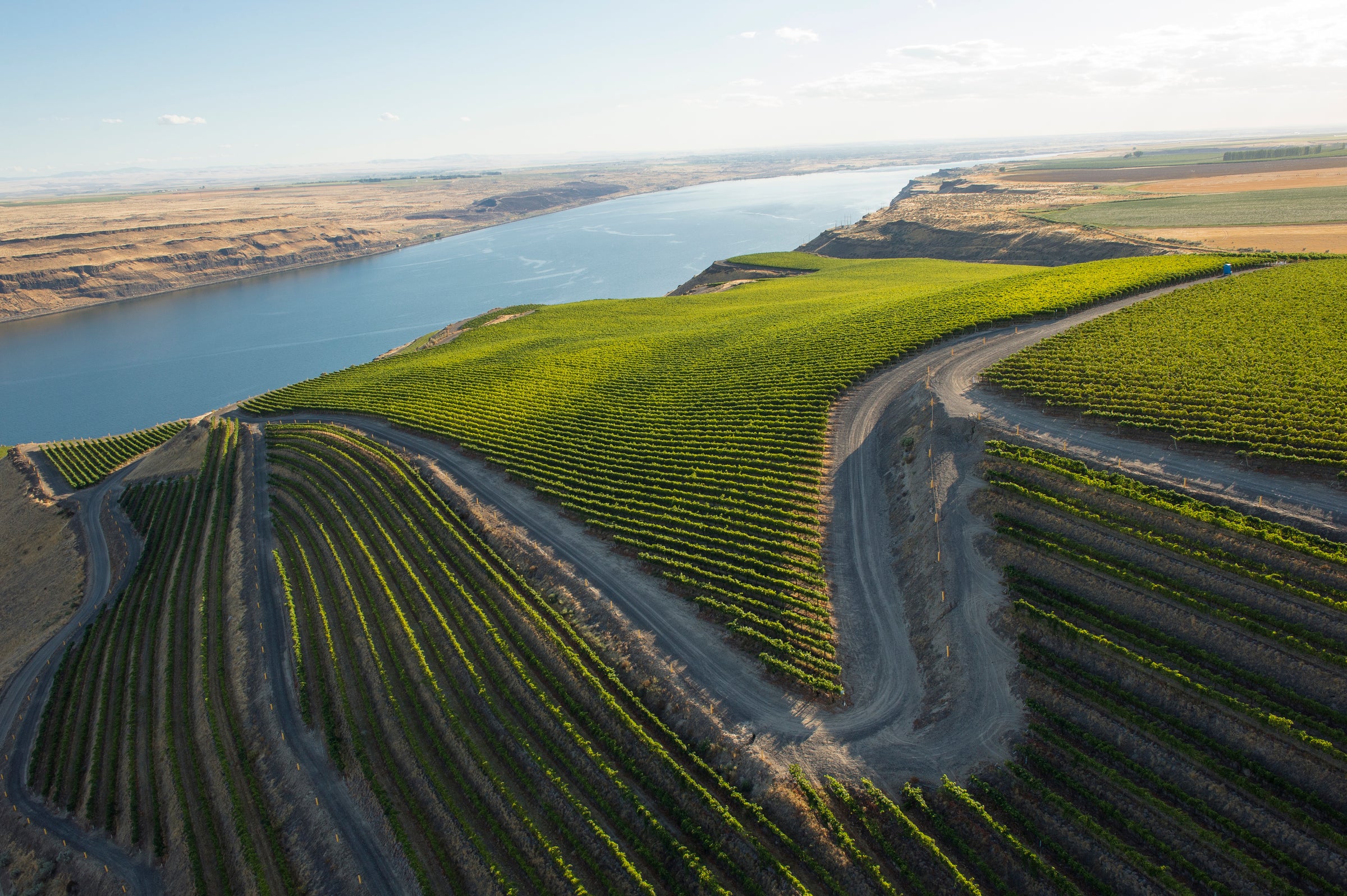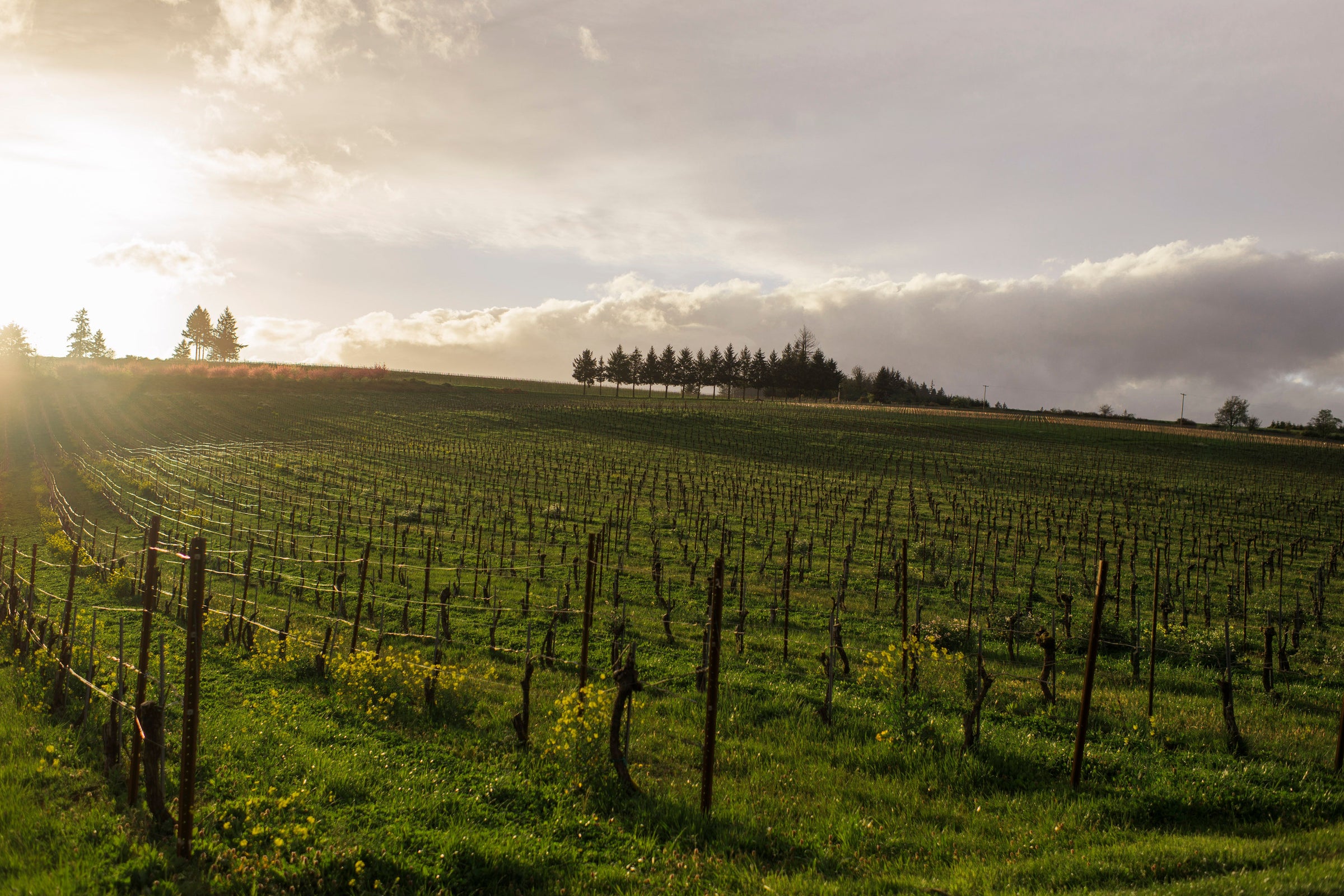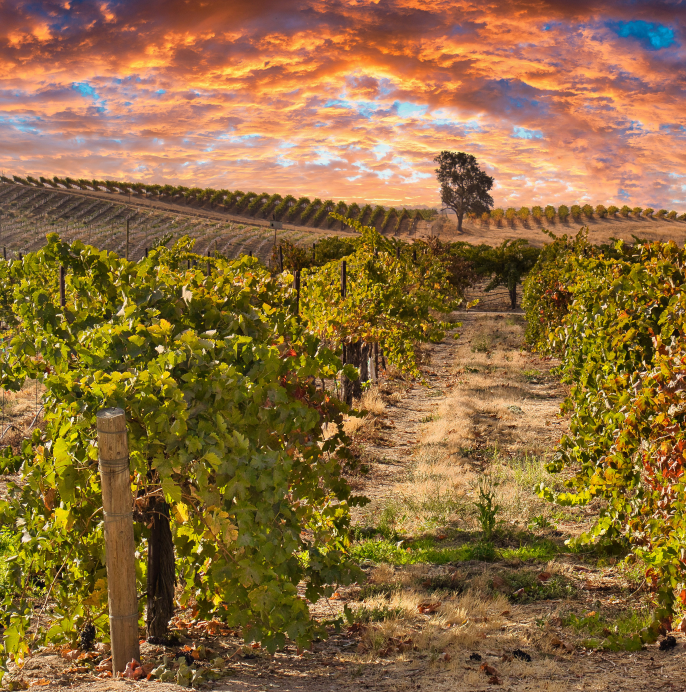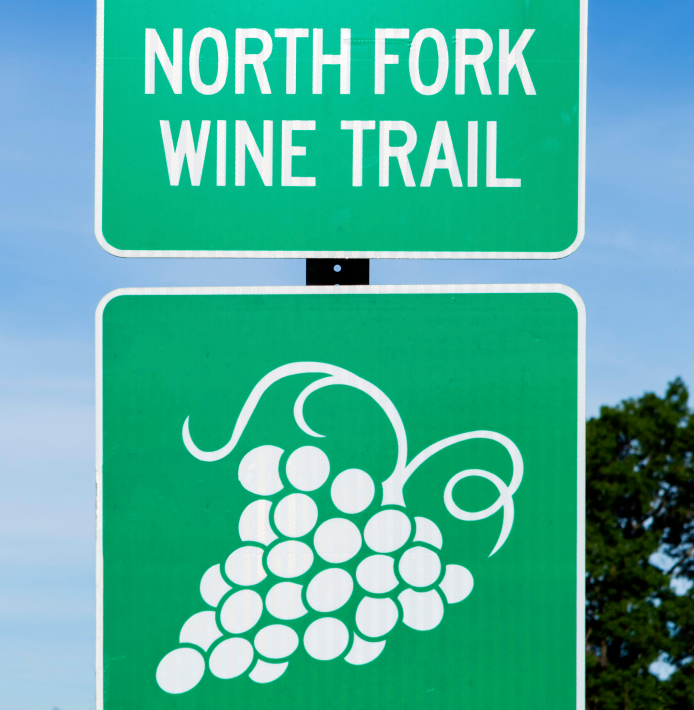When it comes to America’s most expensive and wildly sought-after cult Syrahs—like Sine Qua Non ($400+), Colgin ($350), and Cayuse’s “Bionic Frog” ($300)—one would naturally expect their websites to display gatekeeping statements like: “To acquire wine, please join our waiting list” or “At this time, we are not available for tastings due to extremely limited quantities of Syrah.” But today, that’s what you’ll find at Delmas, a highly buzzed-about estate crafting just one red wine from The Rocks District, an AVA that Wine Spectator calls “the most distinctive in the United States.”
An appellation within an appellation within an appellation, this tiny, terroir-specific (basalt) AVA is planted to less than 40 vineyards, scrapped over by just 30 wineries, and has served as the valuable raw material for multiple perfect-scoring wines. In other words, The Rocks and Delmas’ $79 Syrah is a fantastic dream for culty wine collectors with a propensity for extraordinary value. But the overarching problem? The wine is nearly impossible to get ahold of: Just 28 cases were allocated for the entire California market and they are generously holding a very small fraction for us. I know a new, pricey label can be a bit daunting, but when it comes to luxurious, micro-produced, cellar-worthy Syrah, this is among the savviest acquisitions one can make. Up to six bottles per person.
Like a babushka doll, The Rocks District has layers. It’s within the sprawling Columbia Valley, and also within the smaller Walla Walla Valley, both of which slightly bleed into Oregon’s northeastern reaches. The Rocks District was established in 2015 and became not only one of the smallest AVAs (just 5.9 square miles) in America but the most terroir-specific. It’s an alluvial fan strewn with cobbles made entirely of basalt from the neighboring Blue Mountains, and according to The Rocks' website is “the only AVA in the United States whose boundaries were determined by a single landform and a single soil series.” Obviously, this is bound to attract small-scale winemakers with a penchant for clean farming, and that’s where Delmas enters the story.
Delmas founders Steve and Mary Robertson established their 10-acre “SJR” vineyard in 2007, with their daughter Brooke Delmas Robertson serving as their Director of Winegrowing. All the while, they have focused on this single site, tending to their vines with comprehensive sustainability and only expanding their raw material by three additional acres. Additionally, Steve was pivotal in pushing through the formation of The Rocks District as an official AVA and has served on its non-profit board ever since.
After harvesting the grapes for today’s 2018 Syrah by hand, they were trucked to their cellar about 10 miles north, into Washington. From there, the Syrah grapes were cold-soaked for nearly one full week before a fermentation that consisted of twice-daily punch-downs. The newly born wine then matured for 14 months in French barrels, 60% new, before being bottled without finning or filtration. Additionally, as classic examples of Côte-Rôtie are wont to do, a small percentage of Viognier (from their SJR Vinyard) was blended into today’s Syrah to provide even more aromatic lift, spice, and generosity.
The end result is a luxurious powerhouse that demands air, bulbous stems, and 5+ years of further cellar aging if one is looking to experience a deeply savory side. An opaque black-purple hue emerges in the glass, encircled by a bright magenta rim and thick tears. After a minimum 60-minute decant (or pulling the cork 3+ hours before service), you’ll discover intoxicating aromas of black cherry liqueur, boysenberry, crème de cassis, Damson plum, raspberry coulis, licorice, espresso, smoked meat, grilled herbs, charred rose petal, tapenade, and rich baking spices. This is a silky, hedonistic, broadly layered Syrah that is an absolute joy right now, but it’s got the energy and verve for further evolution. I think it’ll easily hit 2030 in full stride but don’t feel guilty uncorking a few between now and then. In fact, I recommend it. Cheers!


